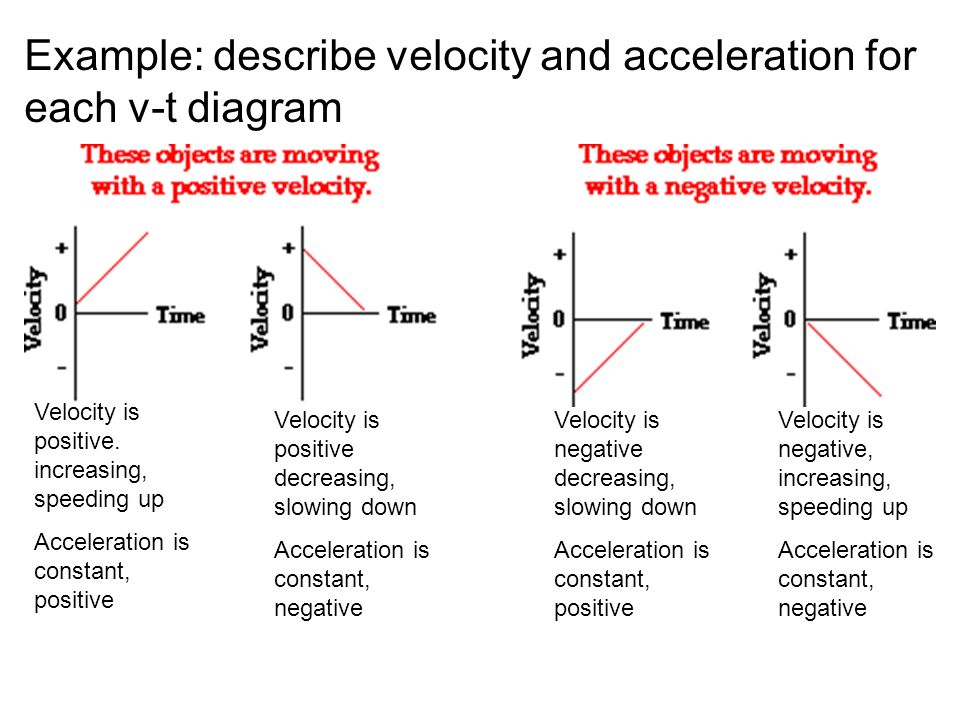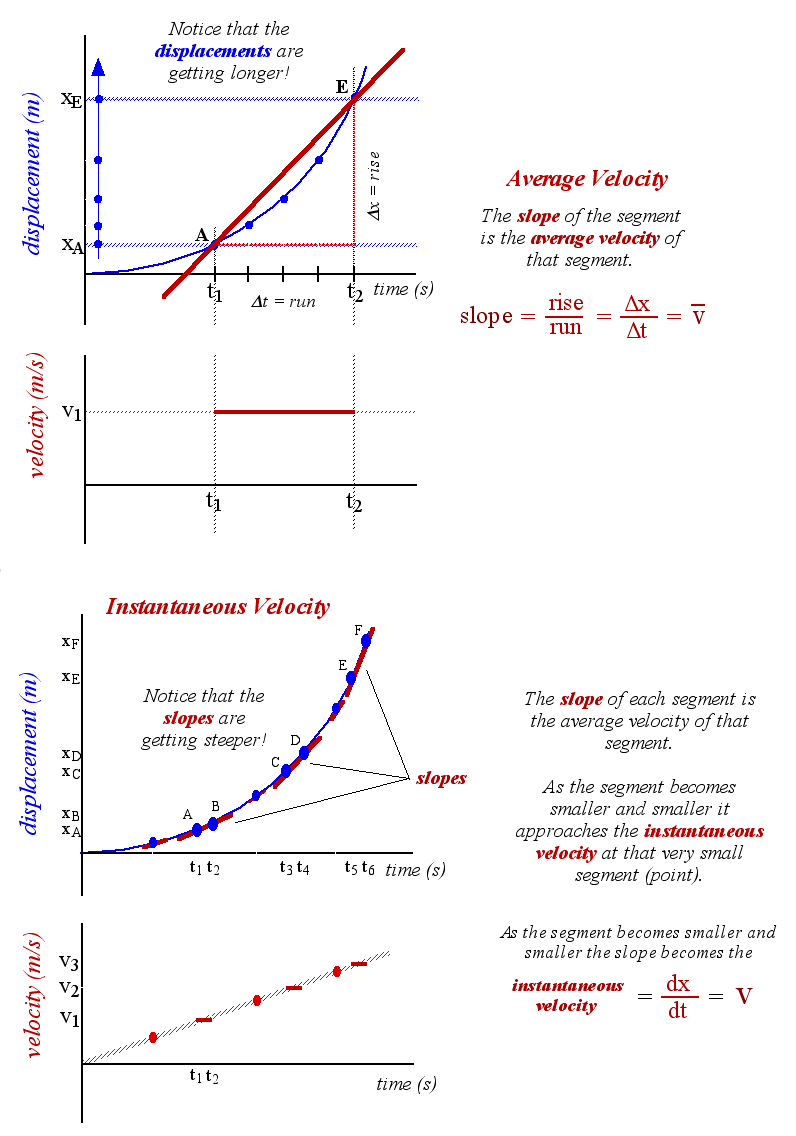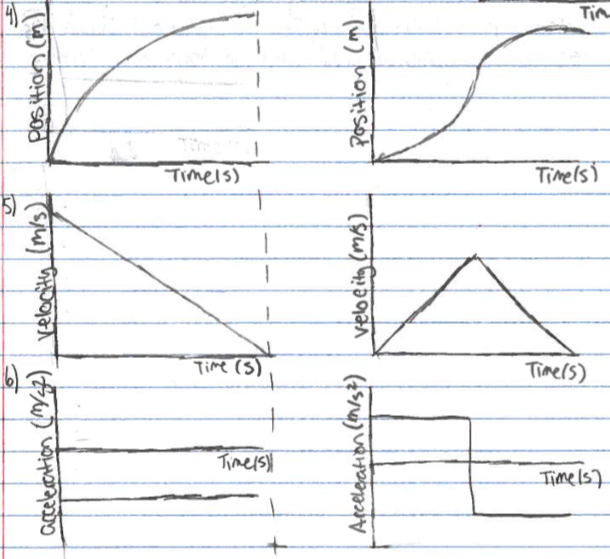

(DOK3)Ī) Identify that a force is required to start and to stop an object, to change velocity, and to change the direction of motion, but not to sustain motion (inertia).ī) Determine if the forces acting on an object are unbalanced or balanced (situations where net force is zero, Newton’s First Law).Ĭ) Relate the mass of an object to its inertia.


G) Use the concept of balanced forces to calculate a specific force acting on a stationary object. į) Convert between verbal descriptions, force diagrams, graphs and mathematical models. Į) Determine the strength of elastic force using the equation. (DOK4)Ī) Construct and label a force diagram for a given physical situation.ī) Verbally describe the effect of forces acting on an object.Ĭ) Draw a picture from a verbal description of forces acting on an object.ĭ) Determine the strength of force of gravity using the equation.

Analyze the forces acting on an object using multiple representations (i.e., force diagrams, verbal descriptions, graphs, pictures, mathematical models, etc.).I) Compare the strength of elastic force for different stretchable objects. H) Develop a mathematical relationship between elastic force and extension of a stretchable object. G) Determine the strength of an elastic force from the slope of a force vs. mass graph.ĭ) Develop a mathematical relationship between force of gravity (weight) and mass.Į) Compare the strength of gravity on different planets and satellites of planets.į) Use data to construct a graph of elastic force vs. mass.Ĭ) Determine the strength of the force of gravity from the slope of a force vs. (DOK3)Ī) Use technology (i.e., force probes) to quantitatively measure and analyze forces.ī) Use data to construct a graph of force of gravity vs. Determine the strength of force of gravity and elastic force.(DOK3).Ī) Identify different forces in a given physical situation.ī) Measure the strength of a force using a spring scale.ĭ) Distinguish between contact forces and field forces.Į) Identify an agent, a receiver, an effect, and the direction of a force.į) Predict the outcome on a force by changing various parameters (e.g., roughness of a surface changes friction size of an object changes air resistance). Investigate the types and characteristics of forces.What is the connection between force and motion?īy the end of this unit, the students should be able to:.When two objects are in contact how do the forces between them compare to each other?.How are force and acceleration related?.How does the elastic force in a spring depend on its stretch?.How are gravitational force and mass related?.How does the “support” or normal force act?.By the end of the unit, students will be able to answer the following questions: Students then conduct labs to investigate the concept of inertia (Newton’s first law), develop the relationship between mass and acceleration (Newton’s second law) and conduct qualitative and quantitative labs to investigate the “equal magnitude but opposite direction” nature of action and reaction forces (Newton’s third law). By investigating forces through a variety of hands-on activities and labs, students develop a mathematical relationship between force of gravity and mass, and between the elastic force and the stretch of a spring. Building on knowledge from previous units, students connect forces with motion by utilizing a bowling ball and a broom.


 0 kommentar(er)
0 kommentar(er)
